Interview | Graphic Matters
Born in Beirut, type designer and lettering artist Kristyan Sarkis currently works from Amsterdam. He is co-founder of TPTQ Arabic, a design studio specialising in high-quality Arabic typefaces. He holds a Master of Design in Type & Media from the Royal Academy of Art (The Hague), where he also teaches.
At Graphic Matters Summer School 2024, Kristyan Sarkis was one of three masters. During a three-day workshop, he and participants delved into the forms, heritage and workings of Arabic script.
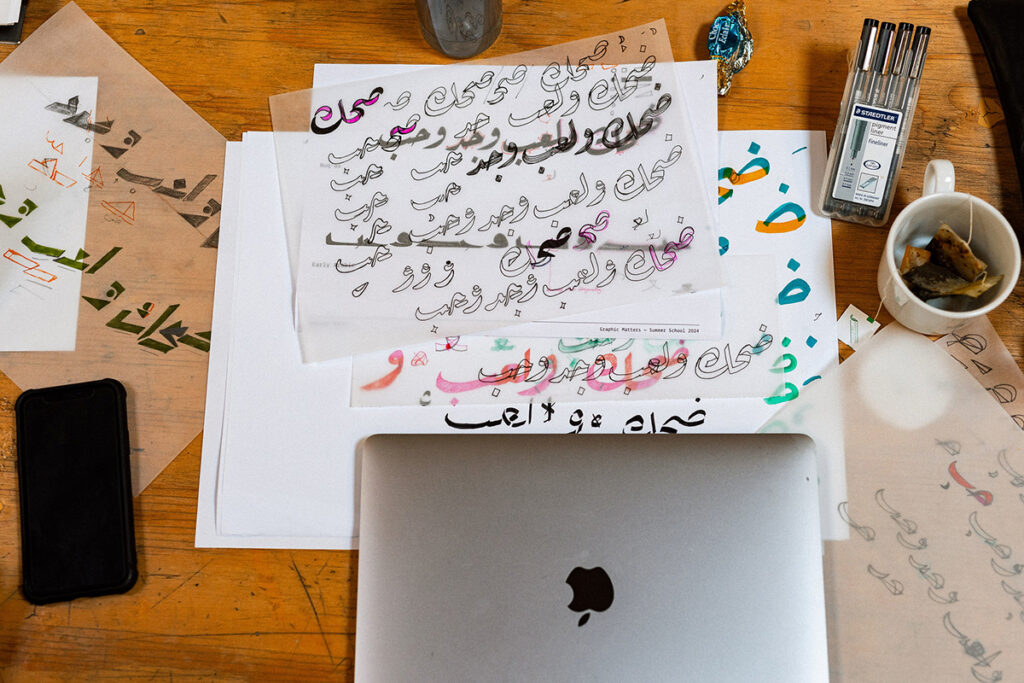
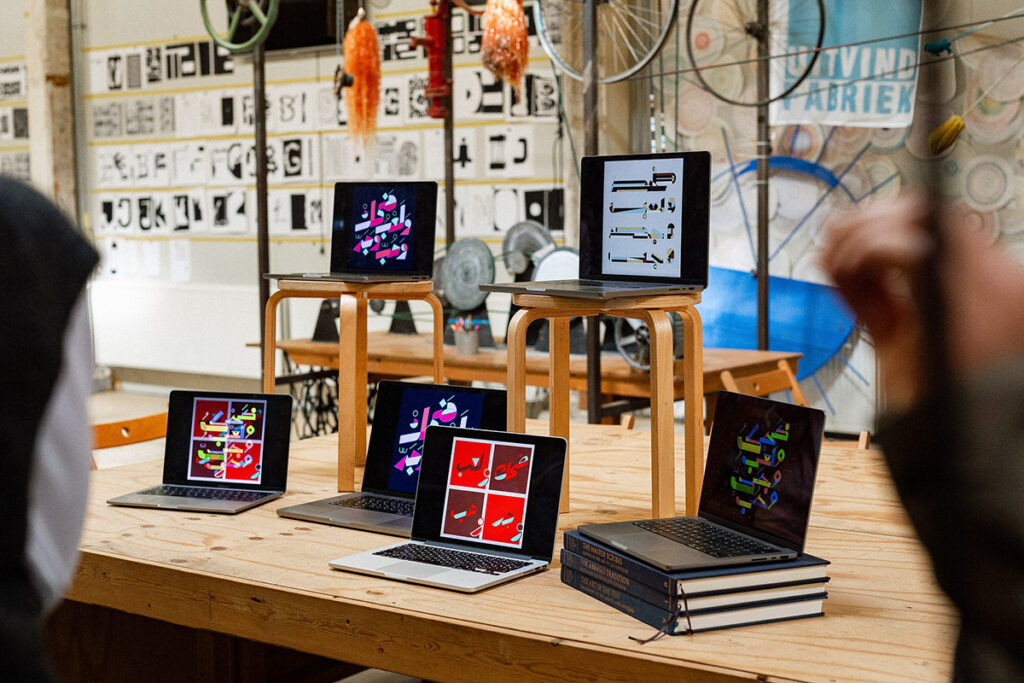
What does type mean to you?
“For the last 13 years, it’s been my main occupation. My whole career revolves around type and letters in general. Everywhere I look, I see letters before I see text.”
Could you shortly explain your background with type?
“After completing my BA in Graphic Design in Lebanon, my main goal was to get accepted in the Master’s program Type & Media at the Royal Academy of Art in The Hague. Because Type and Media’s main teaching philosophy is that type comes from writing, it instilled in me the curiosity to learn the mechanics and characteristics of my own script heritage. It was then and there that I reconnected with the Arabic script and writing and completely fell in love with it.”
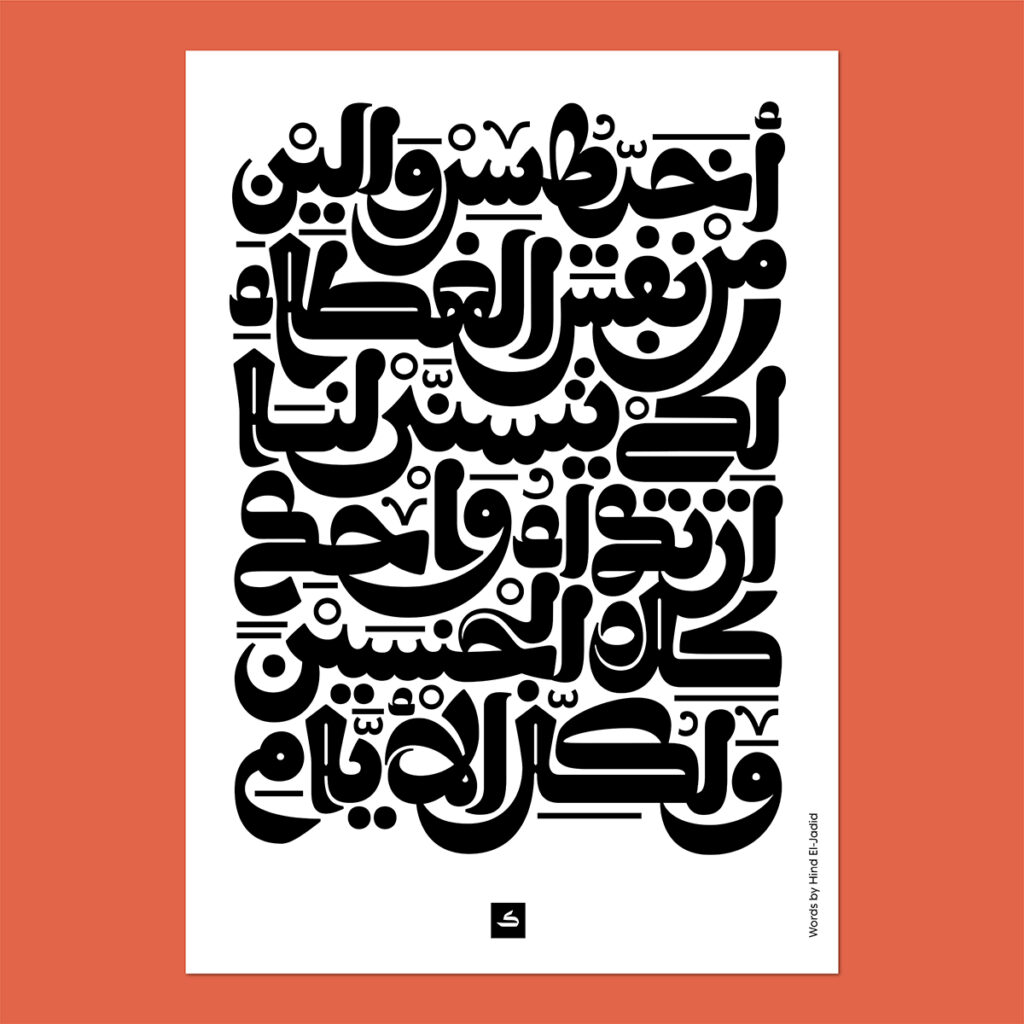
Do you also feel this way about Dutch type?
“I have the biggest fascination with Dutch type. As a Northwestern country, you would expect a lot more rigidity in the way letters are designed. However with Dutch type it’s always surprising to what extent the human hand informs and influences the design, even in the most grotesk (constructed) typefaces. As a non-Dutch – but emotional person – somehow I’m able to connect with this very easily.”
What makes Arabic script so special?
“Well, I’m a bit biased of course. But it’s also internationally known to be one of the most beautiful scripts. The Arabic script also has a very rich and diverse heritage of writing styles. Because it was developed over a long period of time and stretched over a vast geographical area, it reached high levels of sophistication, elaboration, ornamentation and abstraction. An average native Arabic user can recognise a multitude of very different forms for a single letter.”
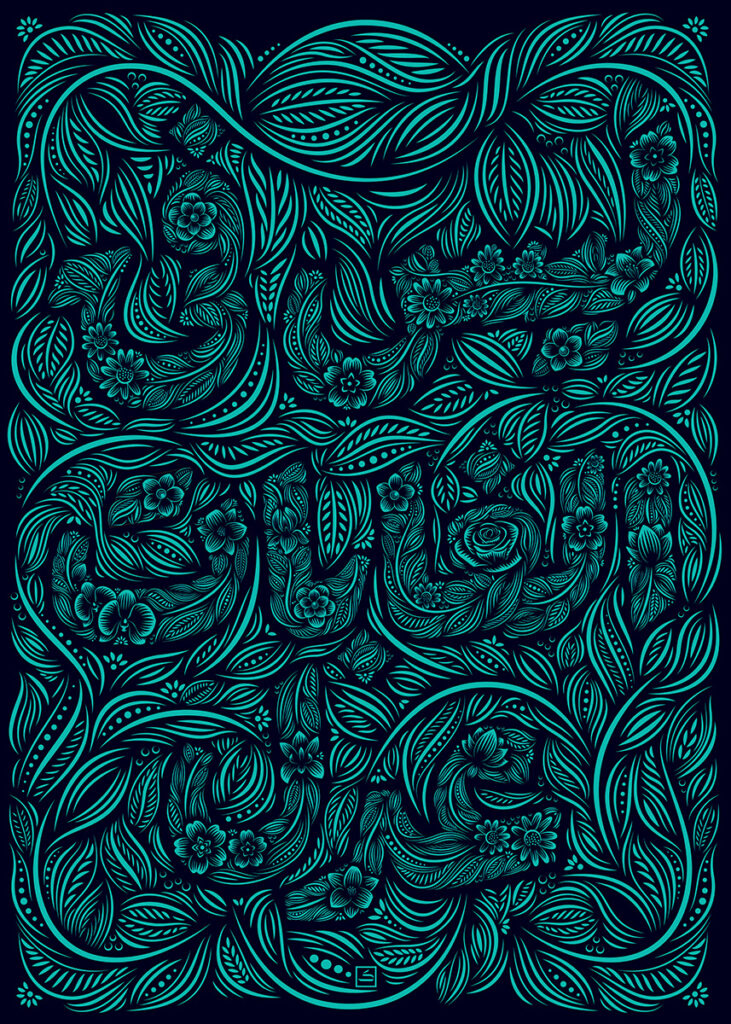
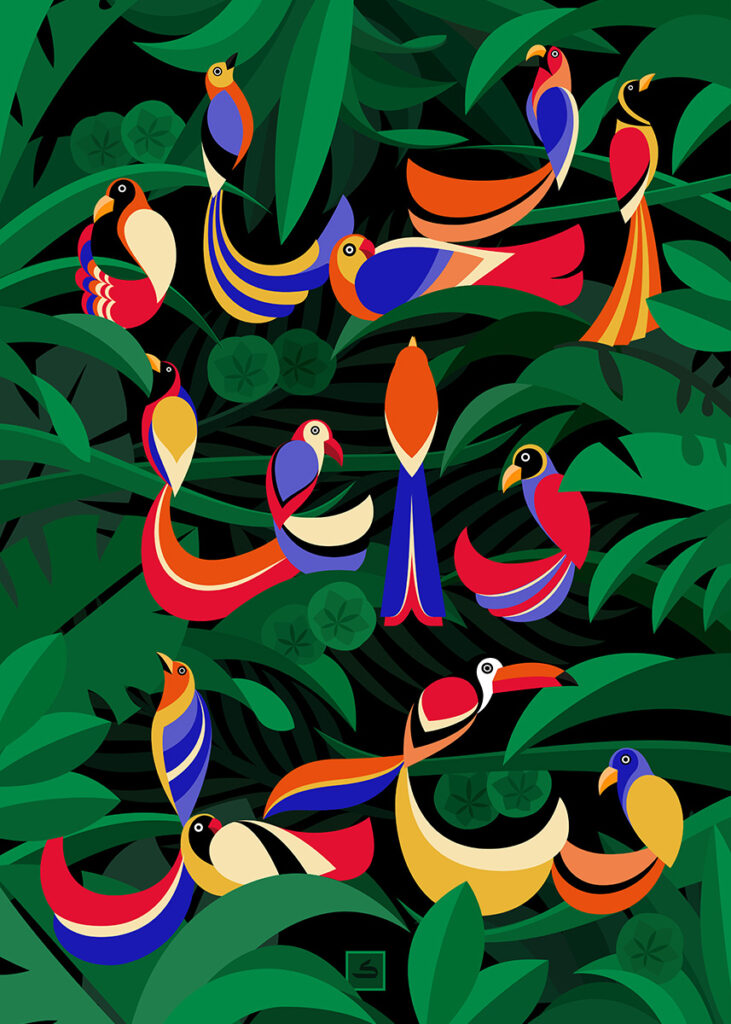
What do you hope participants learned during your masterclass?
“Hopefully to be curious about a culture they might not be a part of. For this particular Summer School masterclass we learned about the essence of Arabic letters in order to be able to abstract them into basic geometric shapes. With this knowledge, participants proceeded to create their own playful and unique composition. Just the idea of making your own piece in a script that you’re not native of, can be a lot of fun.”
Are your masterclasses also valuable for people who are not part of Arab culture?
“Letters are one of the main representations of any given culture. The way people think, go about their lives, how they draw, tells a lot about their cultural heritage and its characteristics. Already the fact that Arabic has the opposite reading and writing direction to Latin, invites you to think in a different way. The idea of being open to different approaches or paths in life is important. If we were to romanticize it a bit, I hope this would help participants be open to different cultures and the way people from these cultures think.”
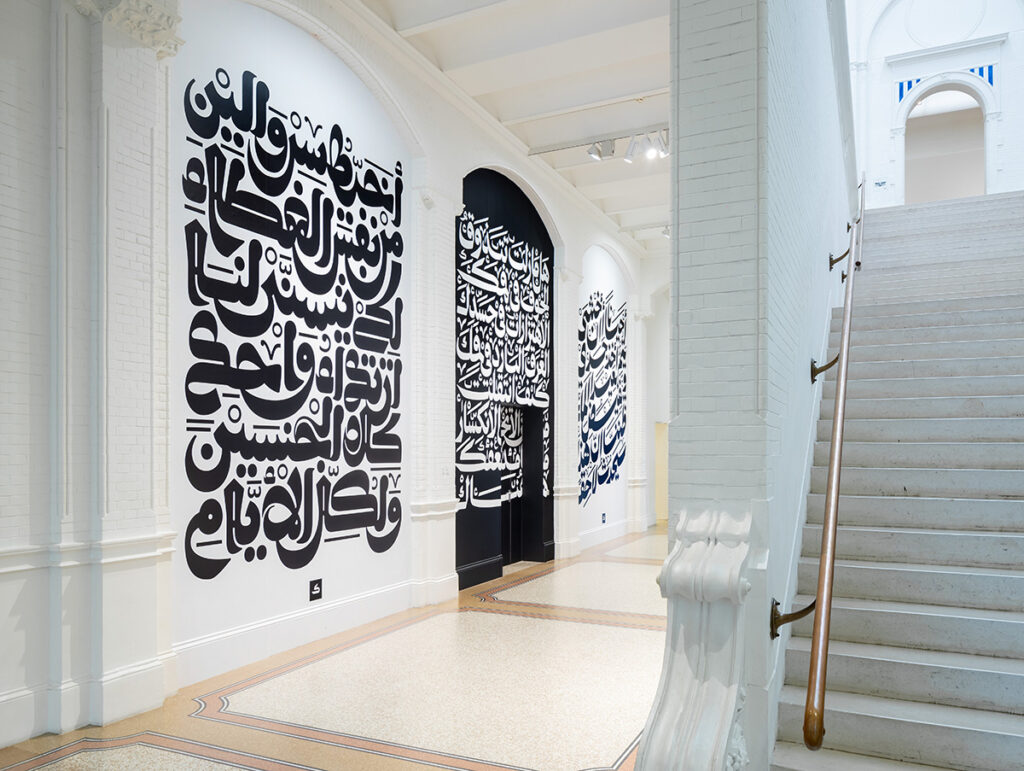
How do you experience this in the Netherlands?
“I recently had an exhibition at Stedelijk Museum Amsterdam. For an audience that largely doesn’t know Arabic, I was very touched with my work being welcomed for a whole year. The larger population in The Netherlands – but also Lebanon – wouldn’t know anything about type. Often people think that these fonts just exist. My parents had no idea what a type designer is. Now my mom sends me photos of typefaces and asks me what I think about it. People grow to know things because of the people around them.”
Last question. Which typeface comes to mind when you think of summer?
“I can’t really think of a specific typeface. But it has to be playful, light and fun!”
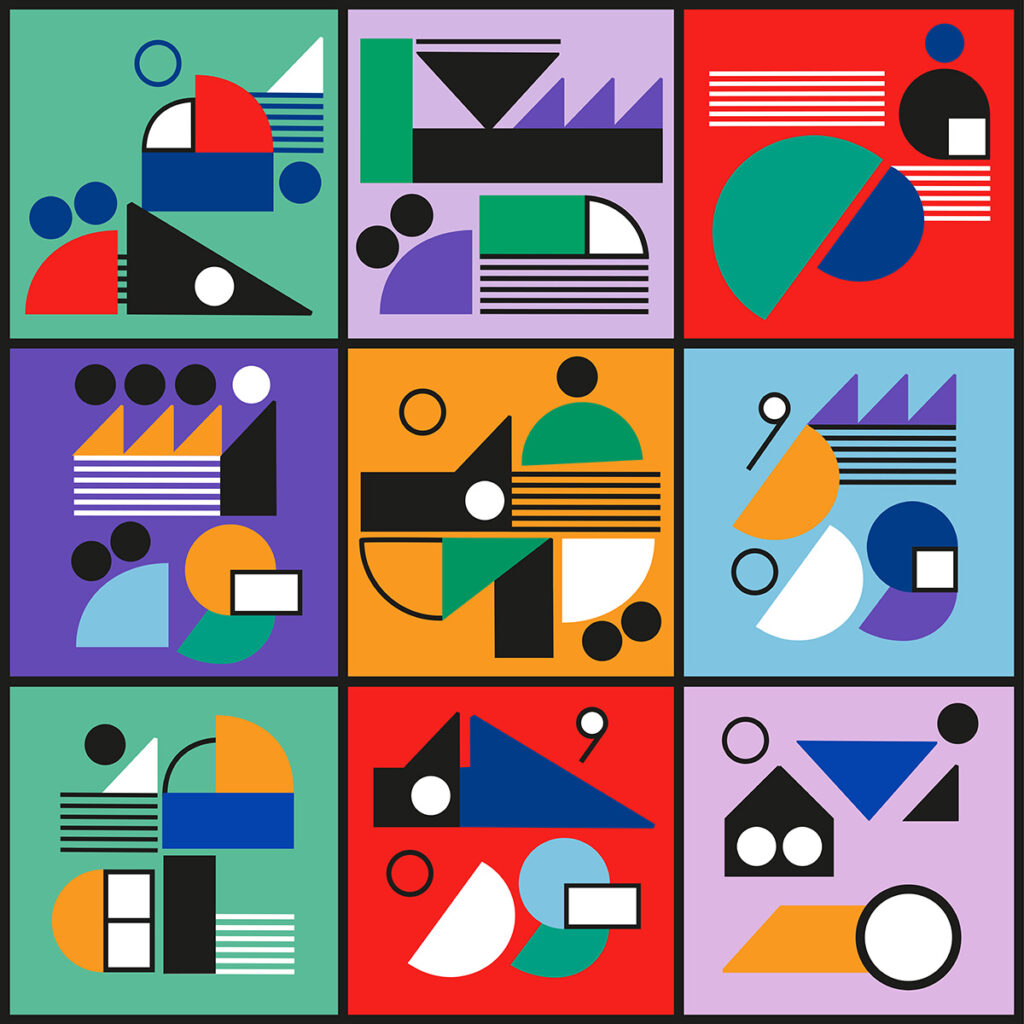
About Graphic Matters
Graphic Matters organises various events and projects around graphic design. With appealing and accessible exhibitions, lectures, workshops and interventions, the organisation aims to make people reflect on the power of graphic design. Summer School is an annual event where (inter)national participants attend masterclasses taught by renowned designers.



